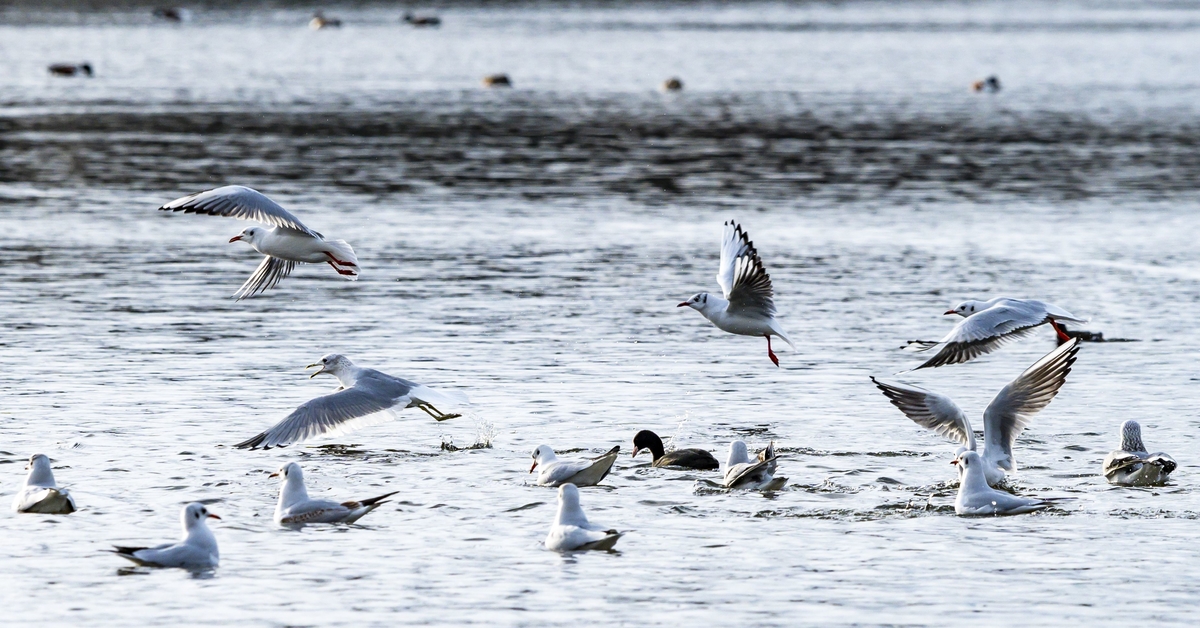If you do a Google image search on ‘seabirds’, you may notice that most birds that swoop over ocean waters have one thing in common — dark wings.
Dark surfaces also soak up more of the Sun’s rays than lighter shades. So why did seabirds evolve to have wings that absorb more heat?
Scientists now finally think they know why — birds of a (dark) feather flock better together. Having darker feathers improves flight efficiency, enabling these birds to fly not just faster, but also longer than their light-winged counterparts.
The darker, the better.
There have been a number of attempts to solve this mystery. Some focused on the common functions of colours, such as how different types of feathers help birds mate, hide from predators or find food. Some looked at how darker feathers might enhance flight efficiency. These experiments included 3D printed wings, which led to contradictory results, however.
So in this new study, researchers from Ghent University attempted to better replicate the real world. First, they examined specimens of over 300 species of seabirds, including northern gannets, ospreys and great black-backed gulls. When they contrasted the wing colouration of these birds with what is known about their flight ability, they found that birds with dark coloured wings fly better.
Next, the evolutionary biologists performed some exciting experiments involving real bird wings and a wind tunnel, much like how aircraft and spacecraft are tested. They mounted two pairs of stuffed bird wings (one light coloured and one dark coloured) on a force balance to measure the lift and drag forces as a breeze blew through the tunnel. By installing some light bulbs in the tunnel, they were able to simulate birds flying under the sun to investigate how wing heating affects flight performance.
Expectedly, the researchers found that dark coloured wings heated up more. But this also translated to the dark wing experiencing 20% less drag than the lighter wing, thereby enhancing flight efficiency.
Moving forward, more experiments will be conducted to test out several hypotheses that explain the mechanisms involved in the improved flight. The scientists suggested that a heated, dark coloured wing alters how long the passing air sticks to its surface, which generates less drag and more lift to enable efficient flight.
Learning from our best teacher — nature.
Does this mean we should be painting our aircraft black?
That might help, but at the same time, it might not be a good idea to heat fuel that’s stored in the wings! (Engineers, you’ll have to crack this one!)
For centuries, scientists and engineers have been applying biomimicry to solve complex human problems by emulating the patterns of nature. Thanks to many visionaries such as Leonardo da Vinci and the Wright brothers, we are now able to enjoy the luxury of human-powered flight.
Perhaps the new study by the Ghent researchers may serve as a guide for bio-inspired innovations in drone technology or aerospace engineering, paving the runway for new inventions that could further minimise our cost of flight.
It’s fascinating how much we could learn from nature and evolution, and how we could apply the findings of one research discipline to another completely different one.




































